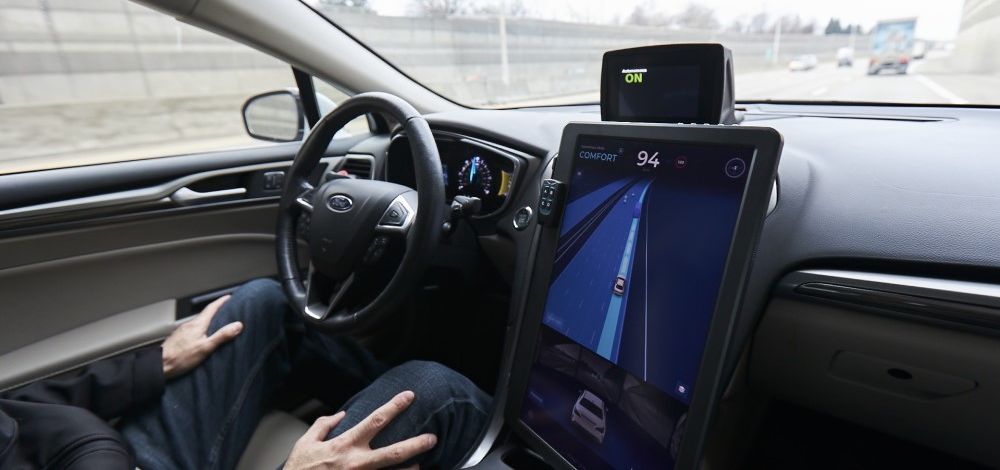And exactly that is why the owners should keep hands on wheel and pay attention at all times.In L3, the manufacturers take responsibility for any mishaps during its operation (L3 does not operate above the highway speed of 37MPH):
Mercedes-Benz EQS Drive Pilot: Been on sale in Germany this summer.
Honda Sensing Elite Traffic Jam Pilot: Only 100 leases in Japan since March last year.
GM does not take responsibility for any accidents in both Super Cruise and Ultra Cruise because they are classified as L2: The driver is responsible for the drive.
The hands off level 2 system is a silly concept.




